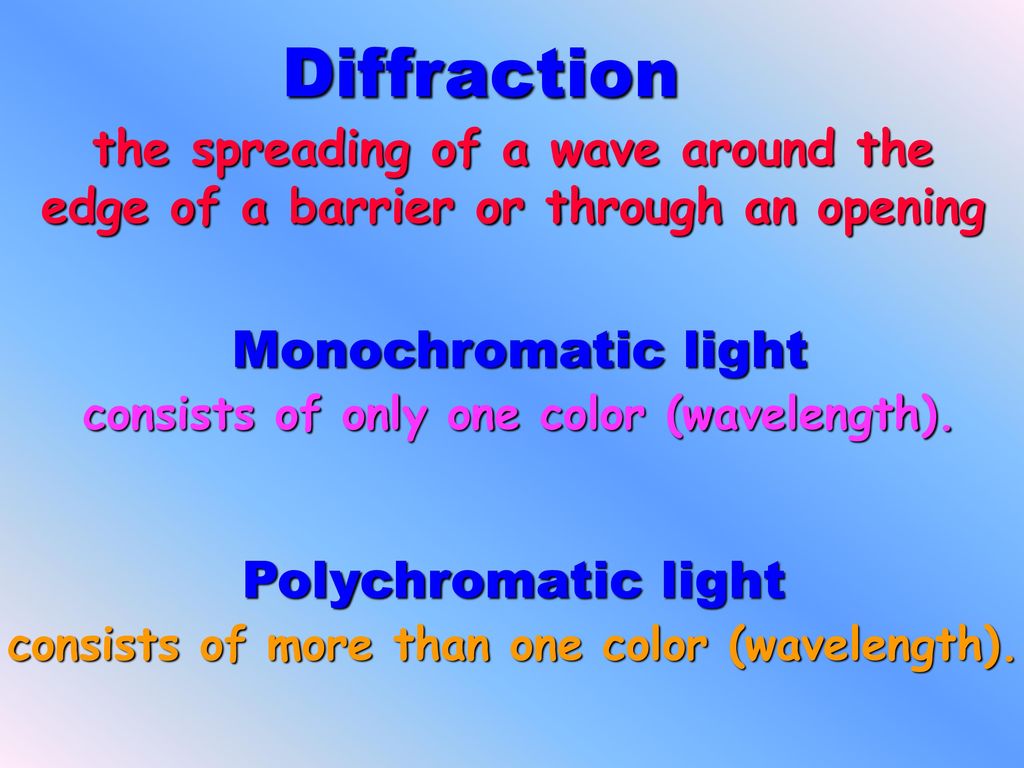
Source: SlidePlayer
Understanding Polychromatic Light
What is Polychromatic Light?
Polychromatic light refers to light that contains multiple optical frequencies, unlike monochromatic light which has a single frequency. This light can consist of discrete wavelength components or have a continuous optical spectrum.
Characteristics of Polychromatic Light
Light may still exhibit quasi-monochromatic behavior if its optical bandwidth is narrow enough that its properties are similar to monochromatic light. However, in many technical applications, light is substantially polychromatic, with a broad optical bandwidth compared to the mean frequency.
Applications and Sources of Polychromatic Light
One of the most common examples of polychromatic light is sunlight, which covers a wide spectral range. Technical sources of polychromatic light include incandescent lamps and superluminescent sources. Polychromatic light is also relevant in areas such as optical systems design and solar power generation.
Optical Calculations and Polychromatic Light
While many optical calculations are based on monochromatic light assumptions, there are cases where polychromatic light considerations are essential. Light pulses are inherently polychromatic, and their optical bandwidth can vary significantly, especially in ultrashort pulses.
Converting Polychromatic Light
Direct conversion of polychromatic light into monochromatic light is generally not possible. However, techniques like optically pumping a laser with polychromatic light can generate monochromatic output.
Optical System Design and Polychromatic Light
Chromatic aberrations can occur in optical systems that are not designed to handle polychromatic light effectively. Design considerations are crucial to ensure optimal performance, especially in imaging systems.
Conclusion
Polychromatic light plays a significant role in various optical applications, from everyday lighting sources to advanced laser technologies. Understanding its characteristics and implications is essential for optimizing the performance of optical systems and devices.

Source: Semantic Scholar
Feel free to comment your thoughts.



